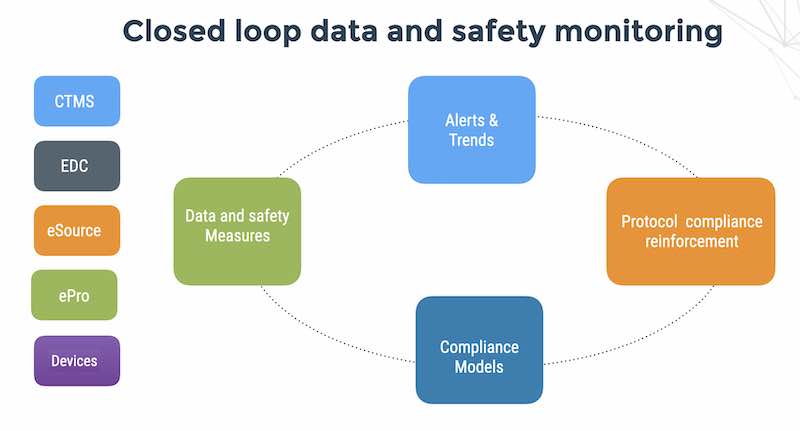A year ago, I worked with Joel Isaacson on a VOD / IPTV project – and I’m still pretty interested in whats happening in digital media – especially since we got to say “I told you so”. (we predicted the death of Blu-Ray and the rise of video download two years ago). This note is from my ex-Intel colleague and old friend Todd Walzer from www.iland6.com in Tokyo.
One would imagine Japan would be first in digital TV broadcasting, but actually it’s in the middle. Though trials have been running awhile in Japan’s cities, the date for nationwide cutover (when the analog signal stops) is July 24, 2011. That puts Japan behind Holland, Sweden, Finland, and the U.S., but ahead of Canada, China, etc.
Japan was an early mover in TV broadcast to mobile handsets, widely known as “OneSeg”, which began out of the digital trials. Each broadcaster is allocated 6 MHz divided into 13 “segments”, and one of the 13 segments is for mobile. So, viewers can see the same TV channel on their mobile as on the TV in their living room. The one-seg system is popular, and was later implemented by Brazil, as part of its adoption of Japan’s ISDB-T digital TV standard.
In some countries like Belgium and Italy, PAY-TV (Cable, Satellite) penetration is so high, that digital terrestrial TV (free TV) is a non-issue. But in Japan, PAY-TV penetration is less than 50%, so digital terrestrial is of importance. Digital broadcast will offer clearer picture quality than the sometimes-grainy analog broadcast, so everyone should be happy and buy digital TV sets, right? Well, not necessarily. Governments worldwide are finding that TV has come to be considered one of the “inalienable rights”. The U.S. is giving $40 coupons for converter-boxes for those (like the elderly and poor) who want to keep their analog TV sets, and Japan will go the same way – coupons, or maybe give them free.
Another challenge has been signal coverage. Covering the 80% of the population in a few urban areas was easy, but Japan is a volcanic terrain, and “filling the gaps” over those mountains requires some engineering. This gives the ruling party, the LDP, an excuse to do what it does best – earmark public spending for sparse rural areas. So suddenly, for example, you’ve got WiMAX systems going into remote prefectures with no clear business model other than the TV relay.
At the end of the day, on July 24, 2011, you’ll have digital terrestrial TV – not so exciting. But then, you’ve got the infrastructure for internet TV, interactivity, and this is where it starts to get interesting. One survey indicates that 25.2% of TV’s in Japan are already connected to the internet. More on this later.





